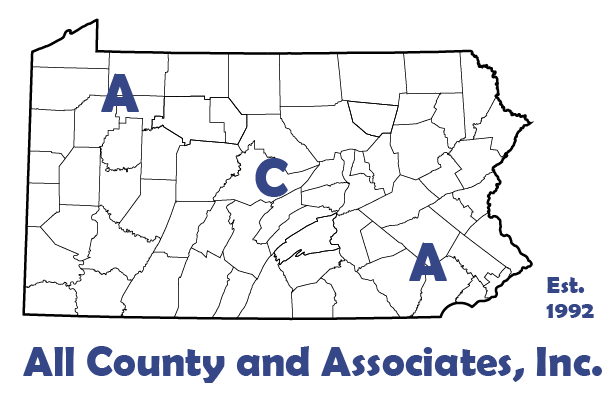
Many believe that home value comes only from aesthetic appearance. This is not true, as many factors go into the value of a home. One of the biggest factors are the utilities, especially private or public sewer. Public sewer is when a home connects to a sewer main, which feeds a wastewater plant. Private sewer is a house served by the combination of a septic tank, distribution tank, and an absorption area.
These public sewer connections increase property value and decrease maintenance costs. Additionally, it eliminates the costs of replacing an on-site system after it exceeds its life expectancy. For the longest time, these connections were not always workable. Construction costs were high and connection access was not always nearby.
Today, as technology has improved and equipment costs have fallen, a new option has arrived. Directional drilling allows for a cost-effective installation of residential utilities. So, let’s take a deeper look at directional drilling, how it works, and why someone might consider it.
Traditional Installation
In the past, the only way to connect your house to a sewage main was to dig a trench and place the pipe. These “open cut” installations were disruptive, had drawbacks, and are expensive. A contractor would have to dig a long, and at times, deep trench. Then they would place the bedding material, install the pipe, and backfill the trench. This installation method required a lot of time, larger crews, and more materials. A contractor might have had to close roadways, replace asphalt and landscaping, and use protection trench boxes.
Horizontal directional drilling, or trenchless installation, has eliminated this work. The contractor can show up on-site and complete the installation with limited disruption. The process is able to drill below surface improvements. It can also drill around existing utilities.
How Does It Work?
Take a look at this introductory video from equipment manufacturer Ditch Witch.
A simple three step process:
Step 1: Dig Entry and Exit Pits
The contractor begins by digging two small pits at either end of the path. These bore pits can also serve as the connection locations, for the house and main. Next, they use a practice called “potholing” to ensure they do not damage existing utilities.
Step 2: Establish A Pilot Hole
A horizontal boring machine uses a bore head to traverse the length between the two pits. Controlled by a computerized system, the bore head can change pitch and elevation.
Step 3: Pull the Pipe
After the bore head reaches the opposite pit, the contractor attaches a reamer. This reamer will expand the pilot hole, and clear it of soil and rocks. The reamer is 1.25x to 1.5x the pipe diameter. The boring equipment pulls the reamer, with the pipe, back through the pilot hole.
Why Choose Directional Boring?
Less Impact
By utilizing HDD, a contractor can reduce the amount of excavation and revegetation on a property. The use of HDD eliminates the need to close roads, as well as removing and replacing asphalt.
Saves Time
This reduction in excavation and remediation saves the contractor time. Thus, contractors have less material to remove and replace. Finally, they reduce the amount of site stabilization (seed, straw, and erosion blankets).
Saves Money
The combination of less impact and time, results in a savings in construction costs. The installation occurs underground, eliminating removal and replacement of expensive materials. While the elimination of trenching, reduces labor expenses.
Who is ACA?
Started in 1992 and located in Chester County, PA ACA has grown to become a full-service civil engineering firm. Today, we merge professional services with practical knowledge for residential and commercial projects. No matter the scale, from installing a fence, to building a structure or developing land, you need permits. Because the approval process includes many permits and agencies, it can be a headache. Working with ACA’s full-service team saves you time, money, and headaches. Every step of the way, we are here to support you and educate you about the process. Here are some of the basic services we provide:
Construction Management | Civil Engineering | Environmental Permitting | Septic System Testing and Design | Land Surveying | Wetland Delineations and Mitigation
Please feel free to browse our website or if working on a project or need help, contact us at (610) 469-3830.
Also, join the conversation on: Facebook | LinkedIn
